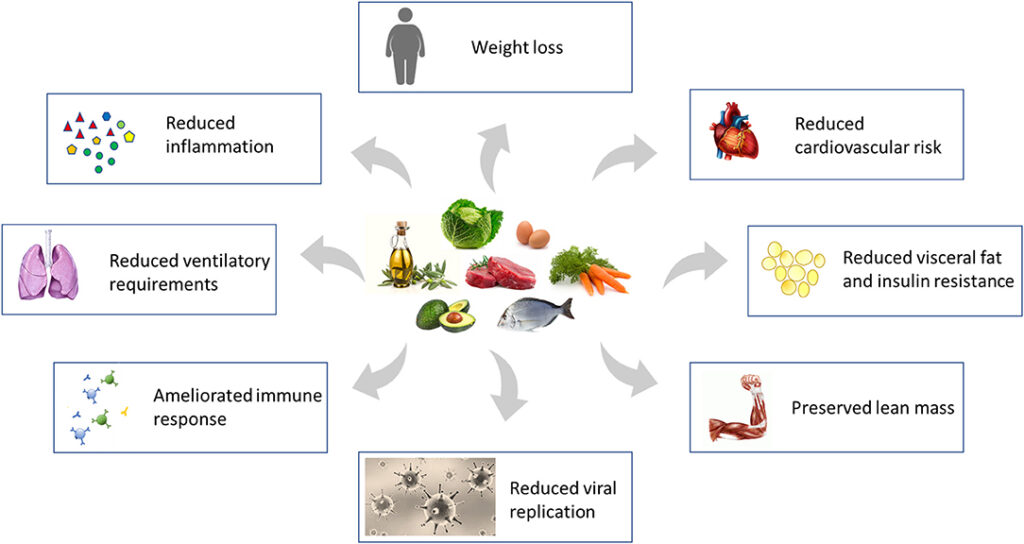Long-Term Management of Ketosis
Sustaining Ketosis
Maintaining ketosis in the long run requires consistent monitoring of your carbohydrate intake and ensuring that your diet remains rich in healthy fats and moderate in proteins. Regularly testing your ketone levels can help you adjust your diet as needed to maintain ketosis.
Table of Contents
Adapting Recipes
Many traditional recipes can be adapted to fit a ketogenic diet by substituting high-carb ingredients with low-carb alternatives. For example, using almond flour instead of wheat flour or spiralized zucchini instead of pasta.
Social and Dining Out Tips
When dining out, focus on meals that emphasize fatty meats or fish, and ask to substitute starchy sides with extra vegetables. Don’t be shy about asking for modifications to suit your dietary needs.
Advanced Tips for Entering Ketosis
Cold Therapy
Some evidence suggests that exposure to cold can increase brown fat activity, which can help burn more calories and potentially assist in quicker ketosis entry.
Sleep Optimization
Good sleep is crucial for any diet’s success. Poor sleep can affect your hormones and may slow down the process of entering ketosis. Aim for 7-9 hours of quality sleep per night.
Mindful Eating
Pay attention to your body’s hunger and fullness signals. Overeating can hinder your progress into ketosis, even if you’re eating the right kinds of foods.
Planning Meals and Snacks
Meal Planning
Plan your meals ahead of time to ensure you stick to your carb limit and avoid impulsive eating decisions. Preparing meals in advance can help you stay on track.
Snack Ideas
For snacks, consider options like cheese, nuts, seeds, and avocados. These are high in fats but low in carbs, making them ideal for a quick ketogenic snack.
Exercise Optimization
Tailoring Exercise to Your Energy Levels
As your body adapts to burning fat for fuel, you may notice changes in your energy levels. Adjust your exercise intensity and duration accordingly.
Combining Cardio and Resistance Training
A combination of cardio and resistance training can be effective in maintaining muscle mass and optimizing fat loss while in ketosis.
Conclusion
Entering and maintaining ketosis within 24 hours can be a challenging but rewarding endeavor. It requires strict adherence to a ketogenic diet, careful monitoring of your nutritional intake, and adjusting lifestyle habits to support your metabolic state. By following these guidelines and listening to your body, you can achieve and sustain the benefits of ketosis.

FAQs After Conclusion
- How often should I check my ketone levels?
- Initially, you might want to check daily to understand how different foods and activities affect your ketone levels. Once you are accustomed, you can reduce the frequency.
- Are there any additional supplements I should consider?
- Omega-3 fatty acids, vitamin D, and fiber supplements can be beneficial on a ketogenic diet.
- What should I do if I experience significant energy drops?
- Ensure adequate hydration and electrolyte intake, consider adding a small amount of clean carbs, and consult a healthcare provider.
- Is it normal to feel emotional changes during ketosis?
- Some individuals might experience mood swings or irritability initially due to sugar withdrawal.
- How can I make ketosis a part of a healthy lifestyle?
- Integrate your diet with overall wellness practices like stress management, regular physical activity, and plenty of sleep to make ketosis a sustainable part of a healthy lifestyle.


